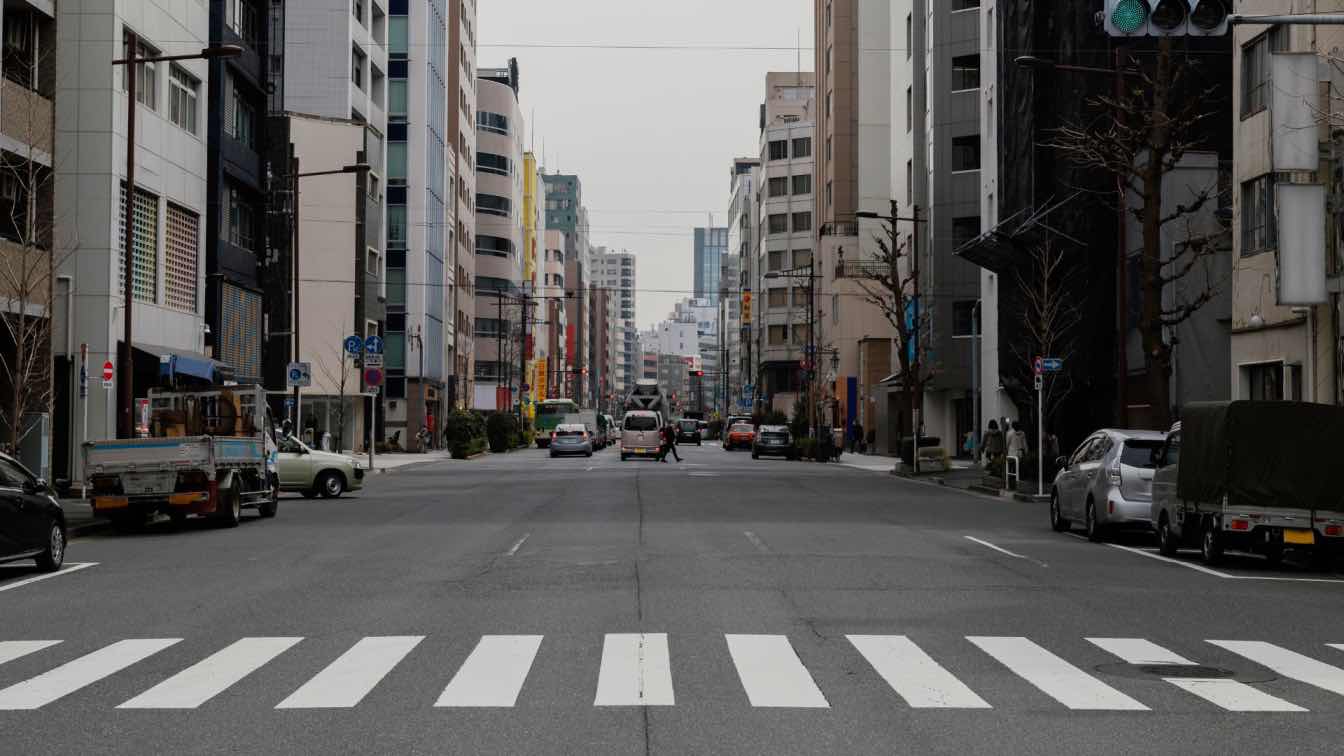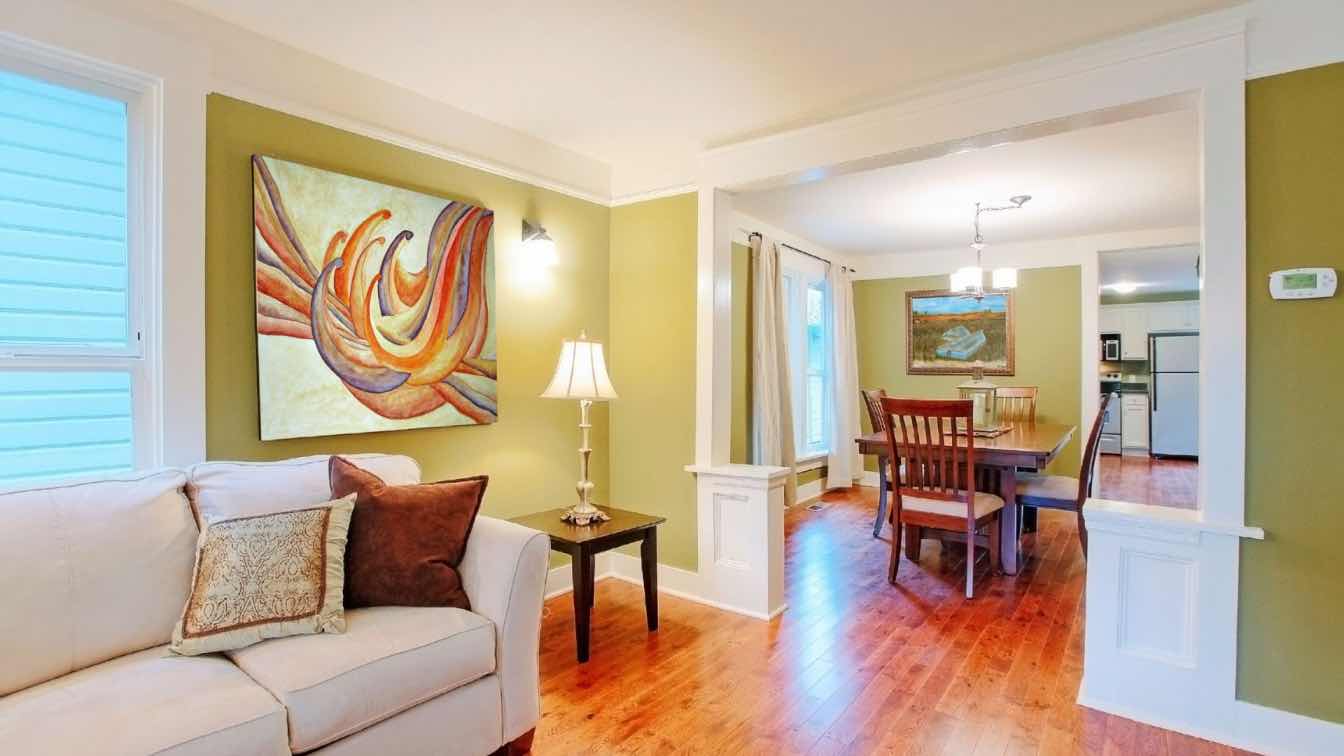Urban neighborhoods rarely stand still. They’re constantly being reimagined, and much of that transformation starts with the homes themselves.
Renovated properties do more than just update a city block—they revive its spirit. Restoring original details preserves architectural charm, while adding modern amenities makes urban living more comfortable and connected.
This blend of old and new is changing how city streets look, feel, and function. Renovations are setting new trends in design, attracting fresh energy, and inspiring pride among residents.
In this article, we’ll explore how these home makeovers are reshaping entire communities and shaping the future of urban streetscapes.
The Role of Investors and Community Partnerships in Urban Renewal
Urban renewal isn’t just about bricks and mortar—it’s about people coming together to breathe new life into city neighborhoods.
Behind many renovated homes are investors who see potential where others might see risk.
They bring not only capital, but a long-term vision for what communities can become.
A great example is the real estate team of investors in South Bend, who collaborate closely with local residents and organizations.
Their approach goes beyond quick fixes.
These investors work to identify properties that, if improved, could inspire further upgrades on the block.
They talk with neighbors, listen to community leaders, and make sure projects reflect what people actually want for their streetscapes.
This kind of partnership helps ensure that change isn’t imposed from the outside—but is instead shaped by those who live there.
By pooling resources and sharing knowledge, investor groups and community partners can tackle bigger challenges—like improving infrastructure or supporting affordable housing initiatives.
The result?
Renewed streetscapes that foster pride, boost property values, and set a positive tone for the entire neighborhood.
Key Takeaway: When investors join forces with local stakeholders, urban home renovations can create lasting benefits that go far beyond each individual property.
Preserving Character While Embracing Modernity
Urban home renovations are most successful when they strike a balance between celebrating the past and meeting present-day needs.
This approach preserves the unique identity of each neighborhood while making spaces livable and relevant for today’s residents.
Restoring Architectural Heritage
Retaining original features—like ornate brickwork, wood trim, and classic window frames—is central to preserving a neighborhood’s character.
Renovators often go to great lengths to source authentic materials or painstakingly restore existing details, ensuring that the charm and craftsmanship of older homes aren’t lost in the process.
This commitment keeps streetscapes visually cohesive and helps maintain a tangible link to a community’s history.
For example, in South Bend, you’ll see streets where careful restoration has kept historic blocks recognizable while inviting new families in.
Pro Tip: Partnering with local preservation societies can unlock resources and expertise for restoring period-specific details.
Incorporating Modern Design and Technology
Modern renovations don’t mean sacrificing comfort or efficiency. Instead, homeowners are blending smart technologies, energy-saving systems, and open-concept layouts into historic shells.
A 2023 feature from Bohl Architects (Historic Meets Modern) highlights multiple projects where original details were preserved alongside seamless integration of modern amenities.
This balanced approach ensures updated homes retain authenticity while supporting contemporary living standards—from better insulation to app-controlled lighting and security.
The result? A unique fusion of old-world charm and modern convenience that appeals to both longtime residents and new buyers alike.
Navigating Zoning and Preservation Challenges
Updating historic properties isn’t always straightforward—zoning laws, heritage designations, and strict building codes often present real hurdles for renovators.
Clever solutions are needed: sometimes this means working closely with city officials on custom permits or adapting renovation plans to meet both safety standards and preservation requirements.
Some developers creatively hide new additions behind original facades or use reversible construction methods so changes can be undone if needed in the future.
Staying flexible—and informed about local regulations—helps renovators deliver projects that honor tradition while pushing neighborhoods forward.
Key Takeaway: Preserving history while embracing innovation is achievable when creative planning meets respect for local heritage rules.
Revitalizing Neighborhoods and Boosting Local Economies
Increasing Property Values and Curb Appeal
Renovated homes have a powerful effect on their surroundings. When a single property is restored, it often becomes a catalyst for change along the entire street.
Fresh paint, repaired facades, and well-maintained landscapes create a ripple effect, making neighborhoods more attractive to potential buyers or renters.
As more properties undergo renovations, the collective curb appeal rises. This improvement draws new residents, encourages investment from others, and supports long-term community growth.
Real estate agents often note that updated homes in a block can elevate values for neighboring houses—even those not yet renovated. Over time, these visual upgrades help transform perceptions of the area and foster pride among homeowners.
Supporting Local Businesses and Trades
The economic impact of home renovation extends well beyond property lines. Every project fuels demand for local contractors, electricians, plumbers, carpenters, and specialty trades.
Suppliers of materials—from hardware stores to lumberyards—benefit from increased business as renovations ramp up. Service providers such as landscapers or waste removal companies also see more work during active renovation periods.
A 2023 report from Construction Coverage reveals that cities with higher levels of home improvement activity experience tangible boosts in local economies, supporting jobs for contractors and suppliers while helping neighborhoods remain vibrant and economically resilient. City Home Improvement Trends offers further insights into this positive cycle.
Fostering Community Engagement and Pride
Visible improvements motivate neighbors to get involved. When homeowners invest in their properties, it inspires others to clean up yards, plant gardens, or repaint fences.
This shared effort can spark neighborhood initiatives like block clean-ups or community events. As streets look better, residents feel more connected to one another—and to their city’s future.
Pride grows alongside these changes. People are more likely to maintain their homes when they see others doing the same. In many urban areas, small upgrades lead to lasting bonds among residents and set an example for new arrivals looking to contribute.
Sustainability and the Future of Urban Living
Urban renovation isn’t just about fresh paint or stylish kitchens—it’s also driving sustainability into the heart of city living.
Homeowners, developers, and local governments are making eco-friendly choices that benefit both residents and the environment.
From energy-saving upgrades to repurposing old buildings, these practices are setting a new standard for responsible urban growth.
Green Materials and Energy Efficiency
Today’s renovated homes often feature sustainable materials like reclaimed wood, low-VOC paints, and recycled insulation.
Solar panels are increasingly common on city rooftops, powering everything from lights to appliances.
Efficient HVAC systems and upgraded windows help reduce energy use—lowering utility bills and shrinking carbon footprints.
These smart updates not only conserve resources but also make homes more comfortable year-round.
Adaptive Reuse and Urban Density
Cities across the U.S. are converting warehouses, schools, and factories into vibrant apartments or mixed-use spaces.
This adaptive reuse trend boosts urban density without sacrificing architectural character or sustainability goals.
Adaptive Reuse Spotlight: A 2023 guide by MBH Architects details how adaptive reuse projects are revitalizing urban communities by converting outdated buildings into functional, modern spaces—supporting both sustainability and increased urban density while preserving cultural value.
Encouraging Healthier, More Connected Communities
Sustainable renovations go beyond individual homes—they help create walkable neighborhoods with easy access to parks, shops, and transit.
Additions like community gardens, green roofs, or safe bike paths encourage residents to spend time outdoors together.
This focus on healthy design supports physical activity and builds strong social bonds among neighbors—turning renovated streetscapes into thriving urban communities.
Conclusion
Renovated homes are much more than upgraded buildings—they’re the catalysts sparking change across city neighborhoods.
By merging historic charm with modern amenities, these projects breathe new energy into aging streetscapes.
Communities benefit from increased pride, stronger local economies, and more attractive, livable environments.
As urban areas continue to grow and evolve, thoughtful renovations will shape streets that honor their past while looking boldly to the future.
The result? Cities that are not only more beautiful, but also more sustainable and welcoming for everyone who calls them home.





